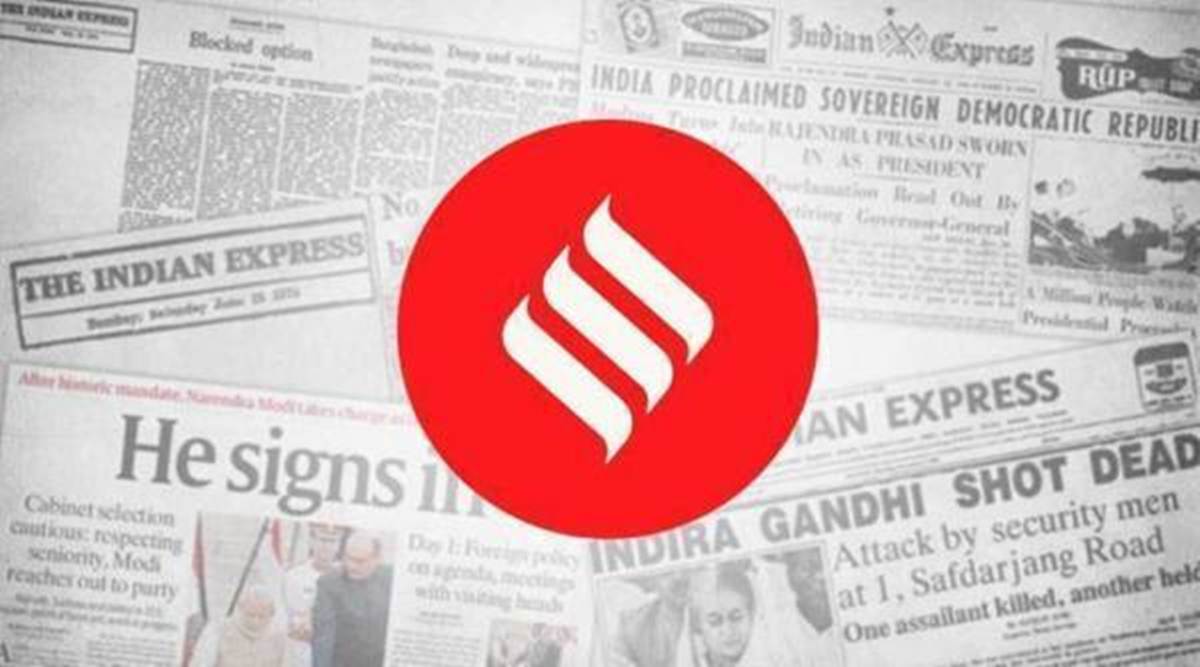 On the welfare front, the PM sought to underscore his government’s record of not just improving the service delivery systems in the country but also making them more transparent.
On the welfare front, the PM sought to underscore his government’s record of not just improving the service delivery systems in the country but also making them more transparent. Addressing BJP workers after the announcement of the results of five state Assembly elections, in which the ruling party beat anti-incumbency in four states, Prime Minister Narendra Modi said the results reflected the country’s mood towards the party’s national resolve for the next 25 years. He further elaborated by stating that from here on, his government will assiduously work on two tracks. On the one hand, it will focus on the welfare of the “villages, the poor, the small farmers and the small entrepreneurs”. On the other, the government will focus on creating more opportunities for the country’s youth so that India can quickly become atmanirbhar (self-reliant). Both these goals are very creditable but they also pose a challenge.
On the welfare front, the PM sought to underscore his government’s record of not just improving the service delivery systems in the country but also making them more transparent. He reasserted his government’s commitment to successfully reaching 100 per cent of all the labharthis (beneficiaries) of the welfare scheme. He also singled out the BJP’s electoral victories in Uttar Pradesh in 2014, 2017, 2019 and 2022 to claim that the voters in the state, which is often viewed from the prism of caste divisions, had repeatedly chosen the politics of “vikas”(development). While the rise of the labharthis as a category of voters may have helped the BJP to leap over caste-based political loyalties, the fact is, today’s India has witnessed an overwhelming rise in the number of people dependent on welfare measures just to survive. Decelerating economic growth for three years before Covid coupled with the severe income and price shocks during the pandemic have meant that almost two-thirds of India had to be given free rations. The most obvious challenge in continuing such welfare measures is financial. Government finances, both at the Centre and states, have increasingly worsened under the pincer effect of increased welfare spending and lower revenues (due to slower growth).
Higher government borrowings — far in excess of the prudential levels — to fund ever-widening welfare measures come at the cost of the private sector enterprises, who end up paying higher interest rates. It is important to note that most of the job opportunities are created in the private sector. In other words, spending too much on welfare (track 1) will undermine the government’s ability to create an economy that enables the expansion of opportunities for the youth (track 2). So while it is crucial to improve the efficiency and reach of welfare measures, they cannot be a sustainable solution. The main challenge is to lay the foundations of an economy that grows fast, creates millions of jobs and enables more and more people to reduce their dependence on the government’s welfare measures.
- The Indian Express website has been rated GREEN for its credibility and trustworthiness by Newsguard, a global service that rates news sources for their journalistic standards.

